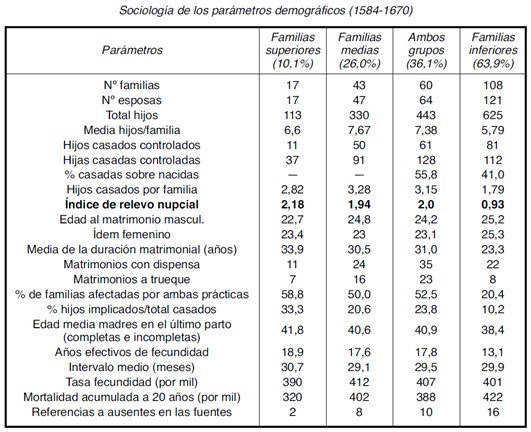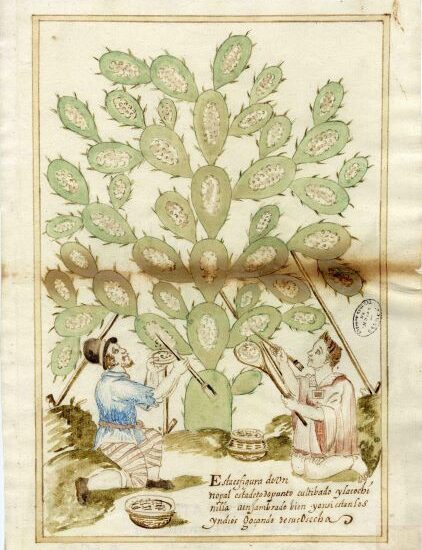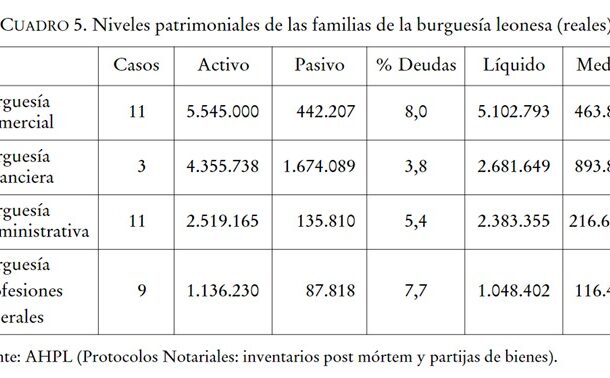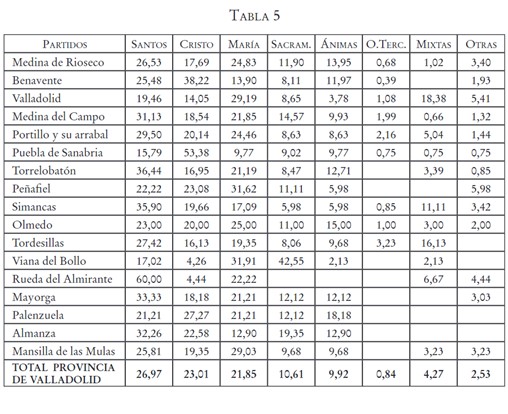
On 13 September 1598 Philip III, son of Philip II, acceded to the throne of the Hispanic Monarchy. As an institution within the monarchy, the Royal House had an economic allocation, more or less variable due to the lack of stable sources of funding. And where there is funding there is expenditure. The resource deals with what and how much the Royal House of Philip III spent in 1601; expenditure controlled and agreed with the Cortes of Castile. The data, reflected in maravedíes, show that the main item was ordinary and extraordinary expenditure, ranging from maintaining part of the troops to promoting the Crusade. 40,500,000 maravedis were used to pay the expenses (salaries) of the chapel and guard, plus a further 24,500,000 maravedis for the expenses of the royal houses. The sum of the items shows that the greatest economic expenditure was for the payment of troops, guards, stewards and servants, leaving 36,000 ducats a year for carriages; 13,500,000 maravedis.
Collection: Statistics
Project: 2. Social and economic impact of technological revolutions in Europe., 5. Power and powers in the history of Europe: oligarchies, political participation and democracy.
Chronology: XVII
Scope: Secondary Education, Baccalaureate, University
Link: https://revistas.usal.es/index.php/Studia_Historica/article/view/4893/4931
Resource type: Statistics
Format: Table
Source: De Carlos Morales, C. J. (2006). "Gasto y financiación de las casas reales de Felipe III", en Studia Historica, vol. 28, p. 186.
Language: Spanish
Date: 2006
Owner: Pablo Ballesta Fernández (Modernalia)
Copyright: ©Studia Historica ©Carlos Javier de Carlos Morales
Abstract: Table showing the expenditure of the Royal Household, with emphasis on troop and staff suffrage
Image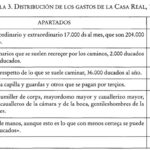
Tags


